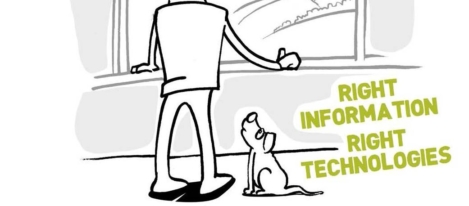April 27, 2016
Digital divide in businesses is holding back the British economy 0
 A digital divide is opening up across the British economy, with just over half (55 percent) of “pioneer” firms adopting digital technologies and processes, while the other half (45 percent) are falling behind, according to new research by the CBI and IBM. Despite the UK taking top place globally for e-commerce and fifth place for the availability of technology, it ranks only fourteenth in the world for company-level adoption of digital technology, with many companies struggling to digitise their businesses at the rate of peers in other countries. Companies cite a mix of connectivity challenges and security concerns as barriers to digital adoption, but predominantly they are hindered by a lack of appropriate skills inside their business (42 percent of firms) and an unclear return on investment (33 percent). The report’s findings for the UK echo those of a global study carried out by Cognizant.
A digital divide is opening up across the British economy, with just over half (55 percent) of “pioneer” firms adopting digital technologies and processes, while the other half (45 percent) are falling behind, according to new research by the CBI and IBM. Despite the UK taking top place globally for e-commerce and fifth place for the availability of technology, it ranks only fourteenth in the world for company-level adoption of digital technology, with many companies struggling to digitise their businesses at the rate of peers in other countries. Companies cite a mix of connectivity challenges and security concerns as barriers to digital adoption, but predominantly they are hindered by a lack of appropriate skills inside their business (42 percent of firms) and an unclear return on investment (33 percent). The report’s findings for the UK echo those of a global study carried out by Cognizant.
































March 22, 2016
While politicians squabble, here’s what the Budget meant for the workplace 0
by Mark Eltringham • Comment, Facilities management, Legal news, Workplace, Workplace design
(more…)